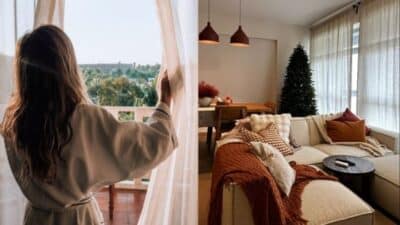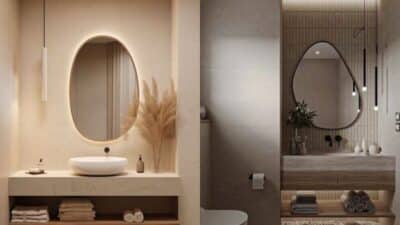A beautiful home is no longer just about looks. It’s about function, flow, and how well your environment supports the way you live. Whether you’re carving out a work corner in your apartment or planning a full-scale renovation, thoughtful design can transform even the most ordinary space into something that feels both intentional and effortless.
From the layout of your furniture to the systems humming quietly behind your walls, every detail contributes to the way your space performs. Form and function have finally found a way to speak the same language.
But beyond that, a home should adapt and grow with you. The needs of today might not be the same as those of tomorrow. Flexibility becomes key. When rooms can serve multiple purposes, storage fits naturally, and safety measures blend into the background, you create a space that works as hard as you do.
Where Work Meets Style
Work-from-home setups are here to stay. But not all home offices are made equal. Some become cluttered corners, others feel more like afterthoughts. What separates a functional workspace from a frustrating one often comes down to design, specifically, the kind that blends productivity with personality.
That’s where professional insight can make all the difference. Engaging experienced interior designers for office layouts can help you reimagine your home workspace as an energizing part of your environment, not just a leftover room. It’s about creating zones with smart lighting, acoustic control, ergonomic furniture, and visual flow. When done well, the result is seamless—your workspace becomes something you actually want to spend time in.
Think about how lighting affects mood and focus. Natural light is ideal, but layered artificial lighting can fill in the gaps without making your eyes scream at you by midday. Noise control matters too. Soft furnishings, rugs, and strategically placed shelves can help soften echoes and block distractions.
The color palette, often overlooked, can influence energy. Cool tones tend to calm, warm colors motivate, and a dash of bold accent shades can spark creativity. A skilled designer knows how to balance all these elements, turning your workspace into a place that feels like an extension of yourself.
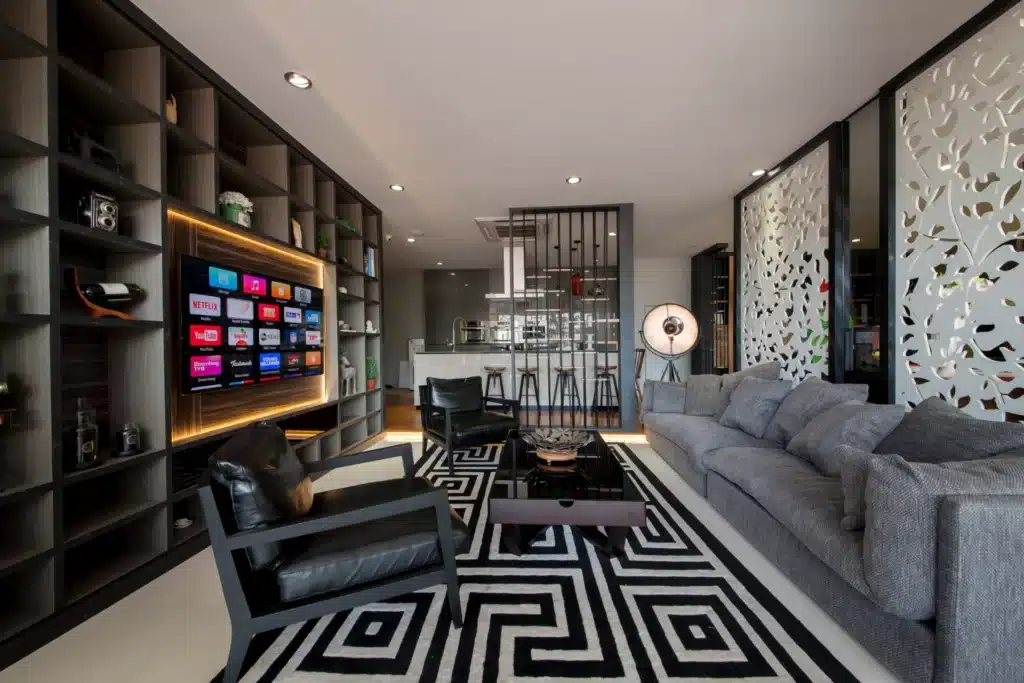

The Raw Appeal of Industrial Details
There’s something striking about industrial design. It’s not just exposed beams and matte black fixtures. It’s the quiet confidence of materials that were made to last. Homeowners are beginning to borrow from this world, not just for looks, but for practical reasons too.
Heavy-duty elements, like steel shelving or hanging racks, demand structural integrity. That’s where tools like a round sling come into play. Typically found in lifting and rigging, these slings are built for resilience. Repurposed creatively, they bring strength and a bit of edge to interiors. Think plant hangers in double-height foyers or floating loft beds that don’t just sit there but command the space.
Using industrial materials can be more than an aesthetic choice. Steel, concrete, and reclaimed wood often require less maintenance and last longer than more delicate finishes. You’re investing in durability. That means fewer repairs, less waste, and a look that ages with character instead of fading with time.
Industrial touches can also be surprisingly warm. The combination of rugged textures and soft textiles creates a layered feel that’s both modern and welcoming. The contrast between cold metal and warm wood can balance a room in unexpected ways.
Sustainability Isn’t a Buzzword Here
Good design respects the environment it exists. More and more homeowners are choosing to build and furnish with sustainability in mind, not because it’s trendy but because it makes long-term sense. You don’t need to overhaul your entire home to be part of the movement, either.
Something as foundational as your energy source can make a big difference. Through RECs, or Renewable Energy Certificates, you can actively support clean energy projects and offset your household’s carbon footprint. It’s a low-effort, high-impact shift that aligns your lifestyle with your values.
Even small steps count. Swapping out incandescent bulbs for LEDs, installing programmable thermostats, or sealing windows to prevent drafts all add up. Sustainable design is about making choices that reduce waste and energy use over time.
Then come the materials: reclaimed timber, natural stone, or even low-VOC paint. These choices aren’t just environmentally kind; they lend texture and story to your space. It’s about leaving a lighter footprint while adding more depth.
Furniture made from recycled or rapidly renewable materials is increasingly accessible. Bamboo flooring, for instance, combines durability with eco-friendly sourcing. Natural fabrics like linen and organic cotton make upholstery feel fresh and breathable.
The idea is to think of your home as a living ecosystem, one that you nurture rather than drain. Sustainability doesn’t mean sacrifice; it means smarter, more thoughtful living.
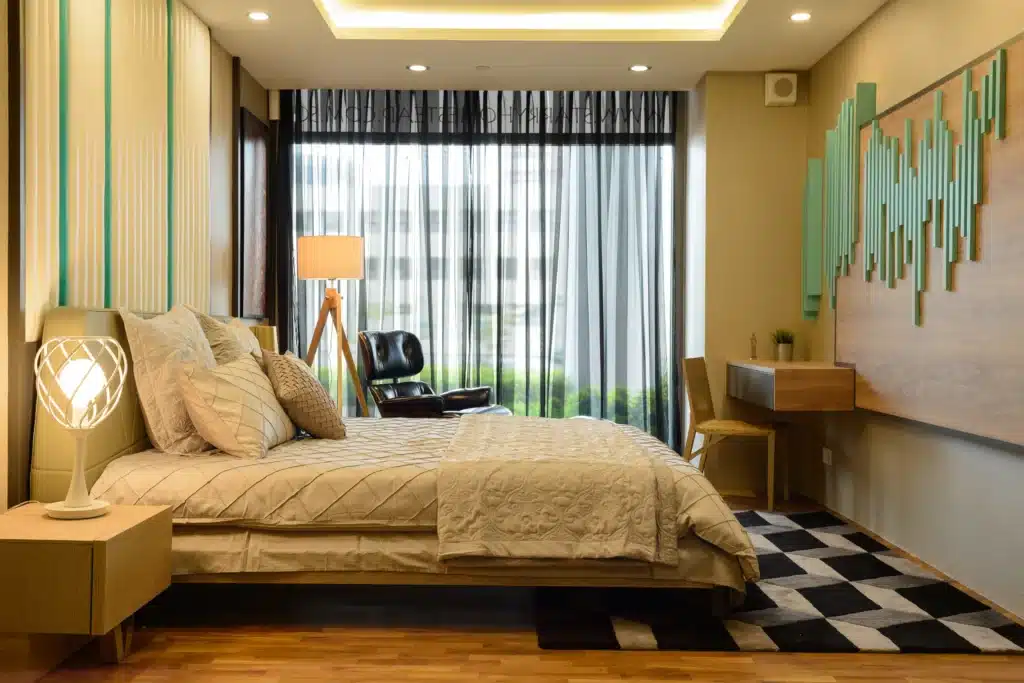
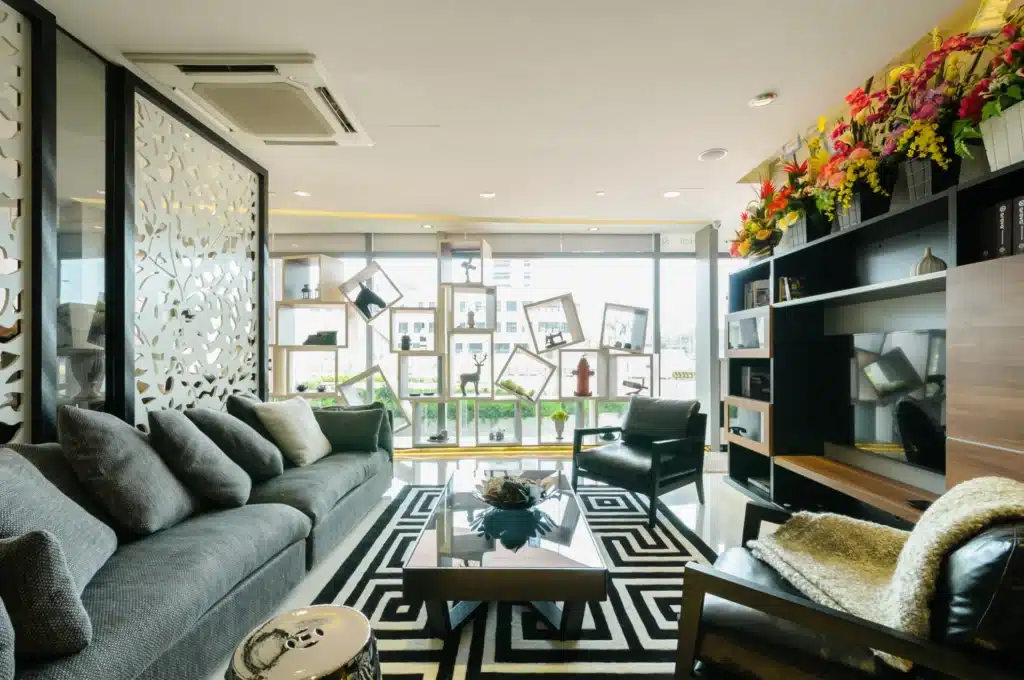
The Systems You Don’t See But Definitely Feel
The best spaces are the ones you don’t have to think about. The air feels cleaner, the finishes stay spotless, and everything just works. That kind of experience doesn’t happen by accident. It’s backed by systems—some mechanical, some chemical—that keep the behind-the-scenes running smoothly.
One company pushing this idea forward is Pneu Powders Systems. Known for their precision in powder handling and processing, their innovations play a big role in sectors like coatings and packaging. What does that have to do with your home? More than you’d think.
That scratch-resistant finish on your cabinetry or those ultra-smooth walls are likely the result of advanced powder technology in production or application. It’s a reminder that good design isn’t just what you see—it’s also what you don’t notice breaking down after six months.
Maintenance and durability get overlooked in many home design conversations, but they matter a lot. Choosing materials and finishes that hold up to wear and tear saves money and frustration later on. It keeps your space feeling fresh longer and reduces waste caused by premature replacements.
Safety Without Compromise
No one wants to talk about fire alarms when they’re planning a living room makeover but they should. A well-designed home balances beauty with safety. And you don’t have to sacrifice one for the other.
A smart safety upgrade starts with choosing equipment that’s as efficient as it is discreet. The Hector fire alarm system is a prime example. It integrates seamlessly into both residential and office spaces, offering high-performance alerts without clunky, outdated hardware disrupting your design.
Think of it like insurance for your aesthetics—you get peace of mind without sticking a red plastic box in the middle of your accent wall.
Safety also means planning: clear escape routes, regular maintenance checks, and keeping detectors unobstructed. All these small actions protect your space without taking away from your style.
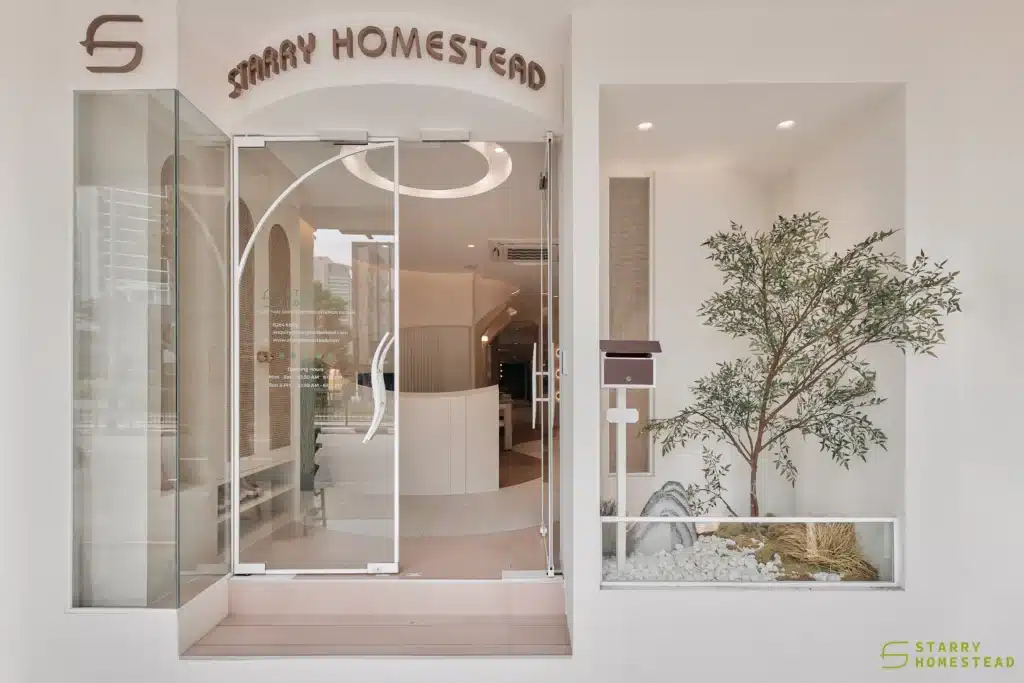
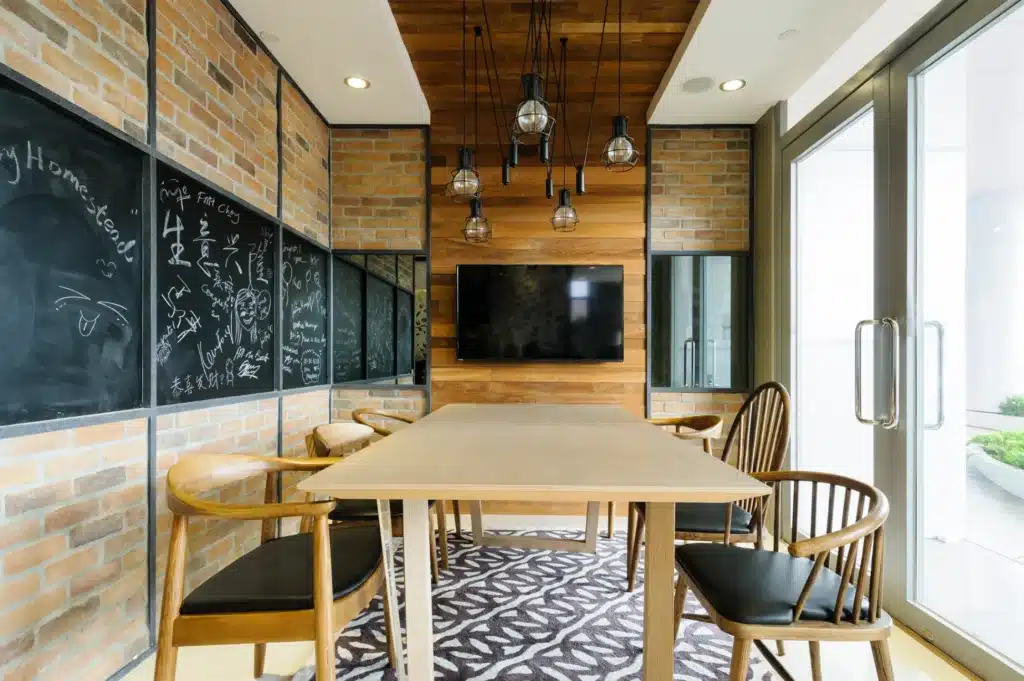
Living Better by Design
A home is more than a roof and walls. It’s your studio, your sanctuary, sometimes your office, or your cafe. It has to hold up under pressure but still feel like a retreat. Getting that balance right takes more than a Pinterest board.
It’s in the way you organize space, the materials you choose, the systems you trust, and the values you reflect. Whether you’re building from scratch or slowly reworking one room at a time, great design meets you where you are and then gently pushes you forward.
Style will always matter. But comfort, sustainability, and quiet performance? That’s what turns a house into something personal.
The real magic happens when your home starts to feel less like a project and more like a partner in your life. It supports your goals, reflects your values, and grows alongside you. When that happens, design isn’t just decoration—it’s a way of living.
- 0shares
- Facebook0
- Pinterest0
- Twitter0
- Reddit0
